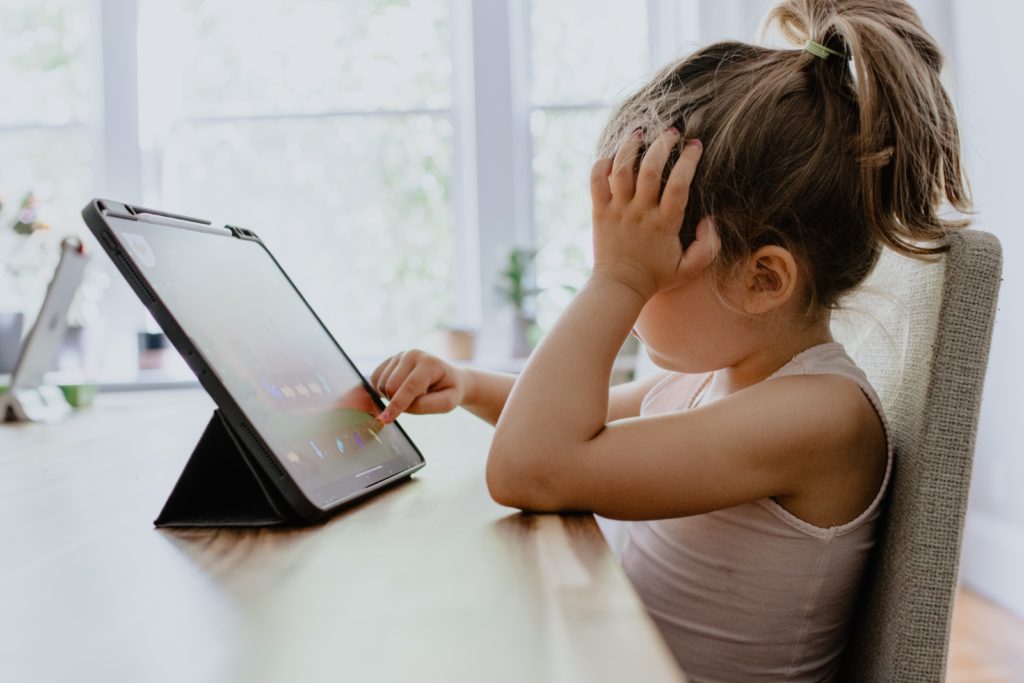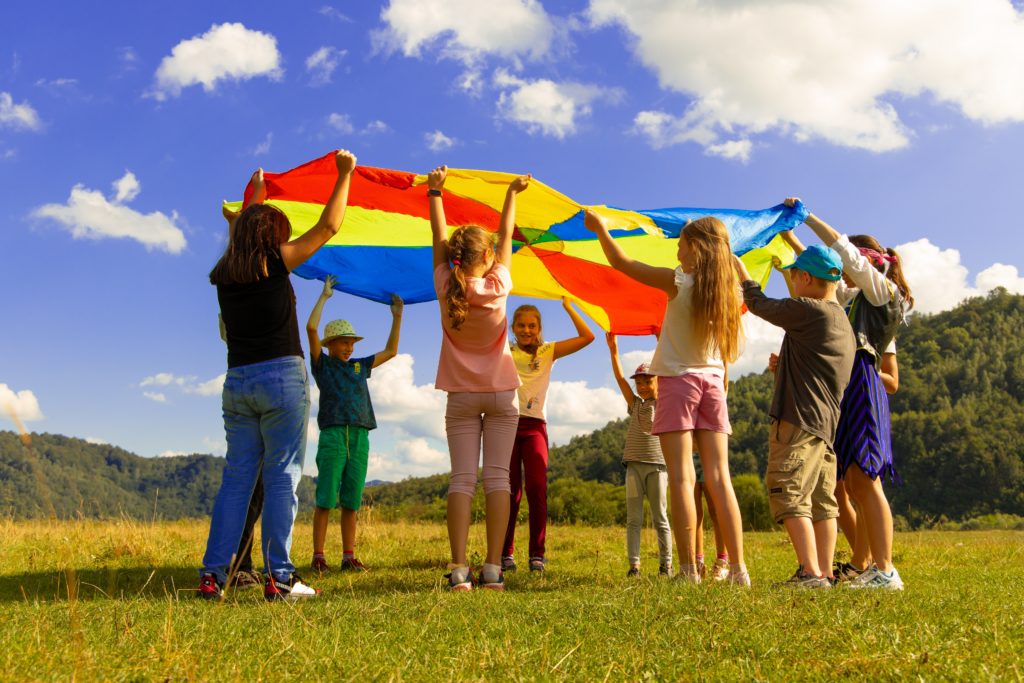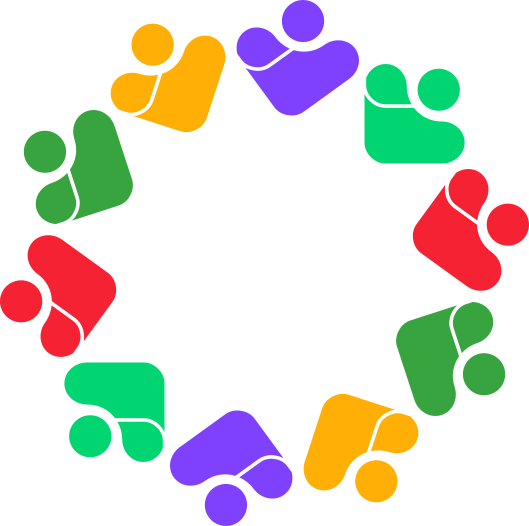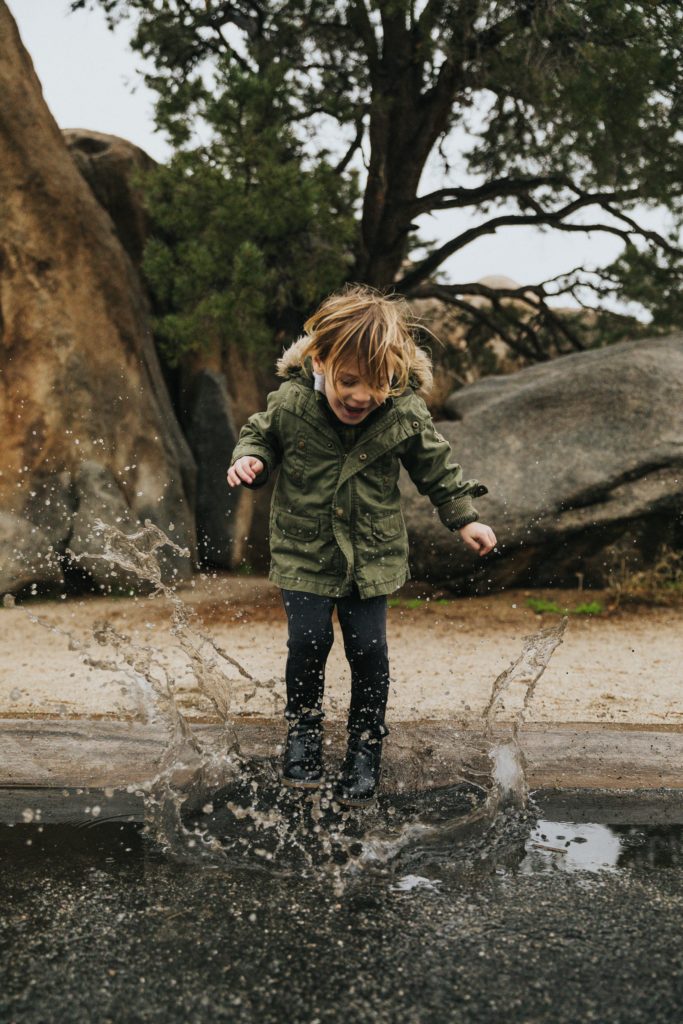Children learn through play is a phrase everyone should be familiar with, and it’s not without reason that this has become such a famous saying. Movement and being active are essential not only for physical and mental health but also for growth and academia. Activity stimulates a child’s developing brain in many ways. A baby’s brain is a mass of millions and millions of (mostly) unconnected nerves.
These nerves connect utilizing emotional, sensory, and movement experiences, thus allowing information to flow smoothly and quickly between the body and the brain.
The more a baby moves, the more stimulation these nerve pathways receive, the more united they become – eventually, these pathways will be able to transform from separate tracks to superhighways that proficiently and swiftly zoom messages throughout the body to the brain and vice versa.

What happens if babies and young children do not move enough?
Not engaging in adequate moving activities can have some severe effects:
- Increased risk of learning difficulties
- Lack in reflexes
- Mental Health problems
- Absence of relationships (many children create friendships through activities)
- A diminished sense of well-being
Growing research points to children who have not had opportunities to move a lot as infants show an increased risk of later learning difficulties.
This link stated above has to do with how a baby’s brain develops and its skills as they move. Through movement, a baby develops the inbuilt reflexes that are designed to help a newborn survive.
Once these reflexes have been refined, a baby can control body movement and stimulate higher levels of brain function. These various levels are vitally important for the accomplishment of complex skills required for later learning at school.
Through movement, toddlers are constantly refining the actions of their bodies, i.e., learning to balance and improve their eye-hand coordination. During this time, the brain uses both sides simultaneously – offer a 12-month-old-child a toy, and both hands go out!
By the time a toddler turns three, they have refined the skill to engage in more complex movement. Cross-platform actions and refined eye-hand coordination through increased activity and play. They have established a dominant hand and will throw a ball with either their left or right hand.
These movement skills stimulate the higher-order centers of the brain that are important to academic learning. As the child can engage in movement experiences, the message superhighways in the brain develop, and the child can perform more complex tasks. Complex tasks that a child will need for the rest of their learning journeys. In light of the above, babies, toddlers, and children need more time to play. So go into the backyard and run, skip and jump. Balance on the pavements and dance in the sun; this will not only be good for a person’s well-being but will be excellent for the children’s academic journey too!
If you need some motivation to stay moving check out these quotes.




